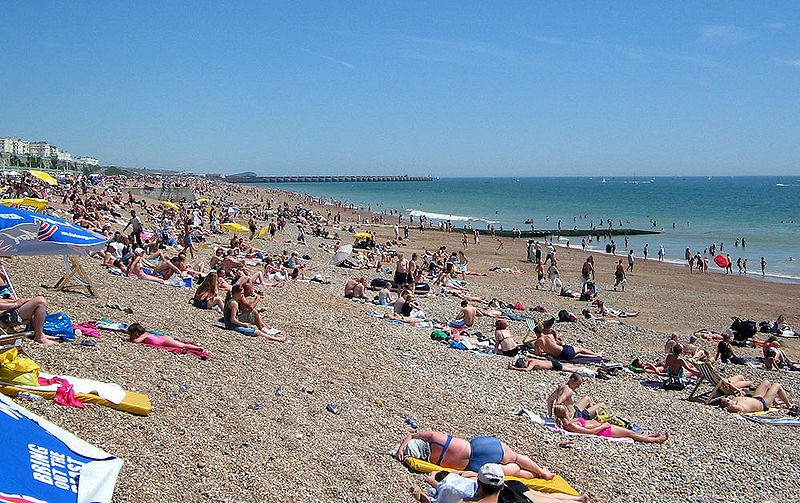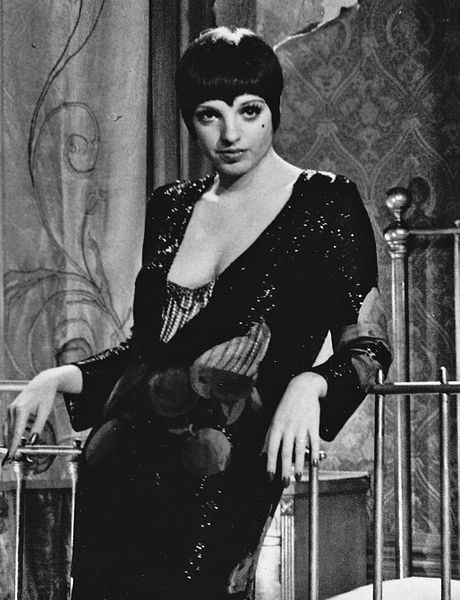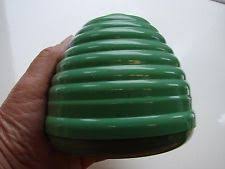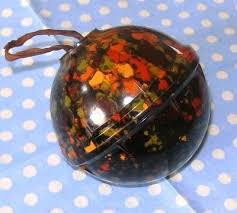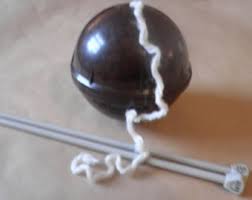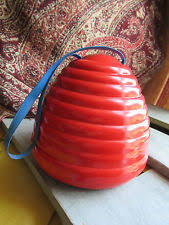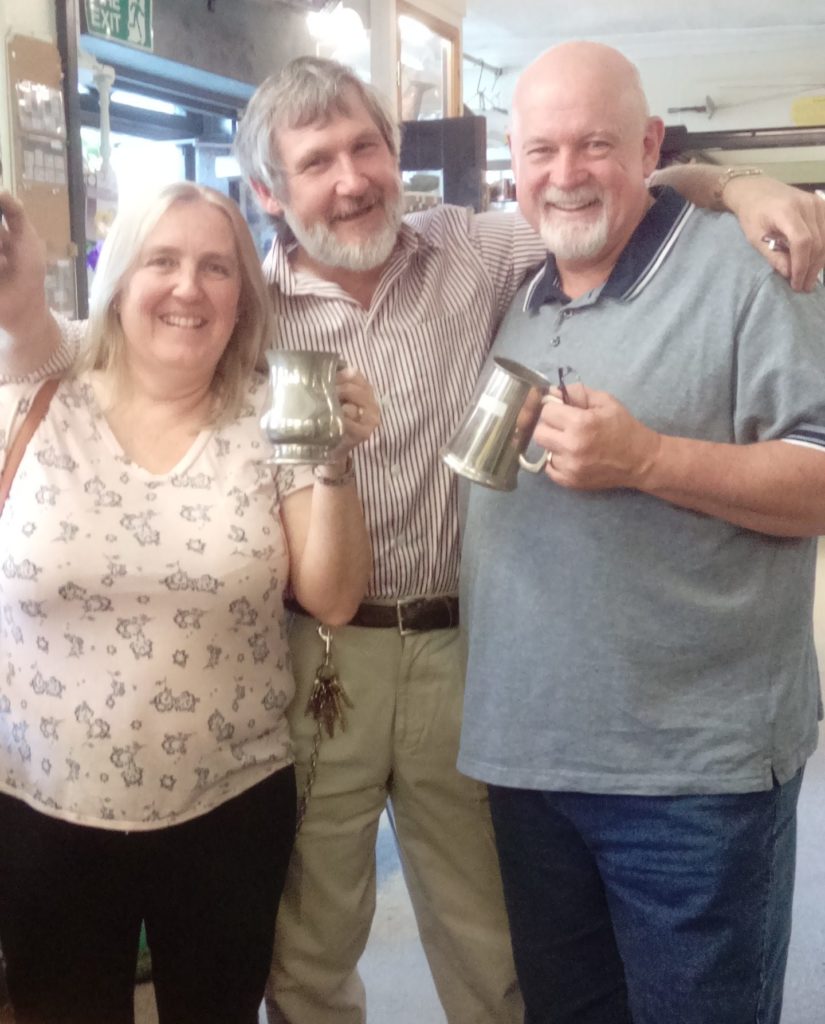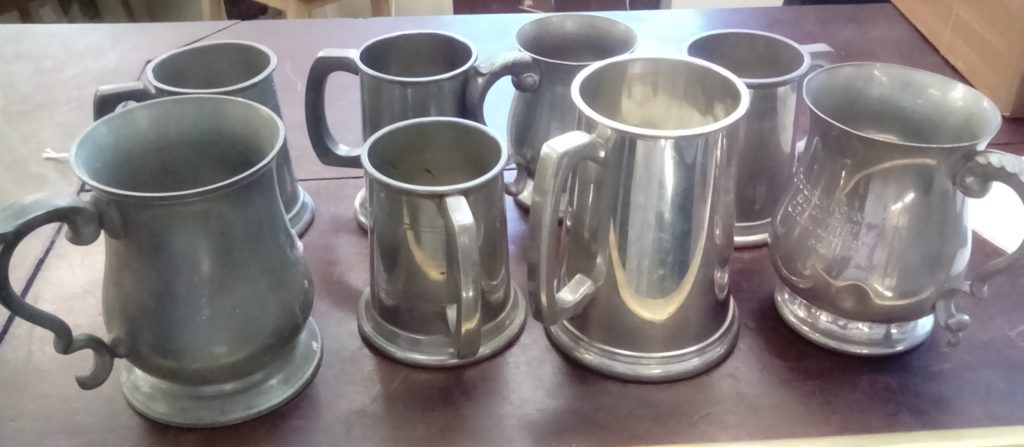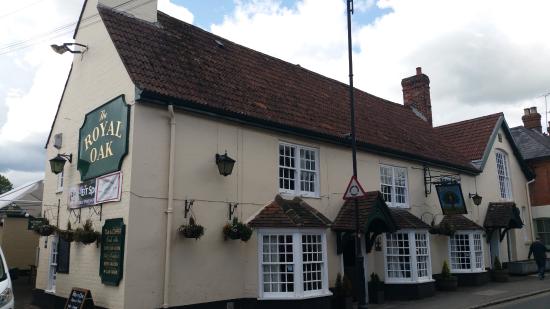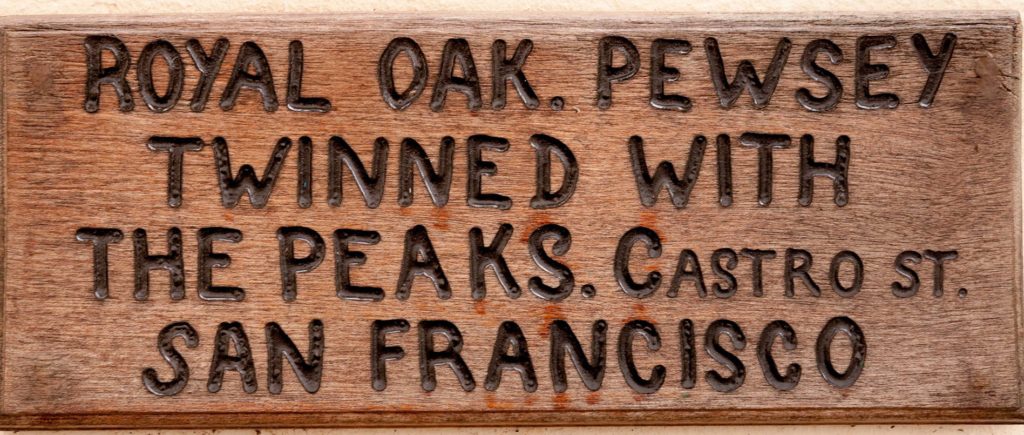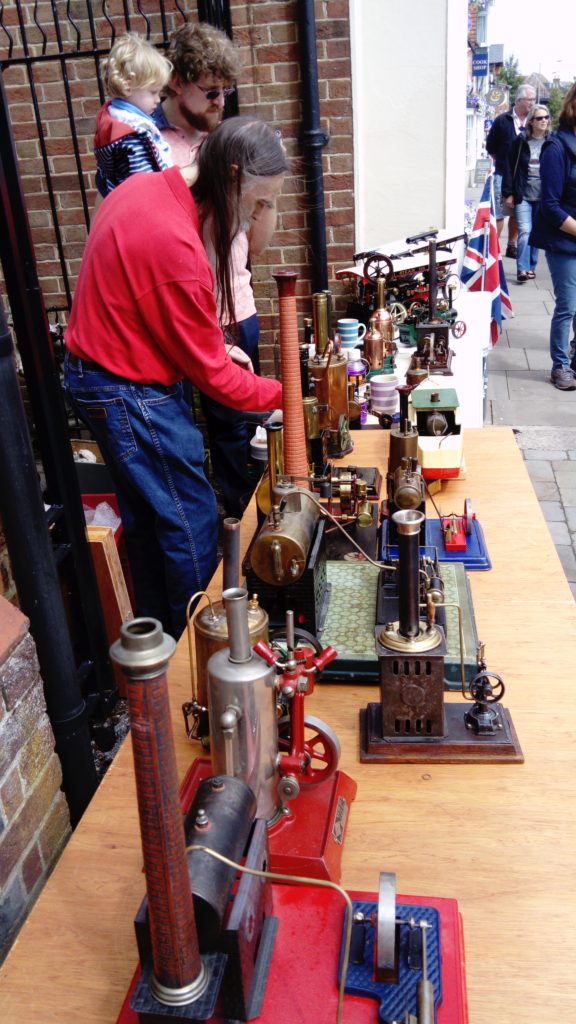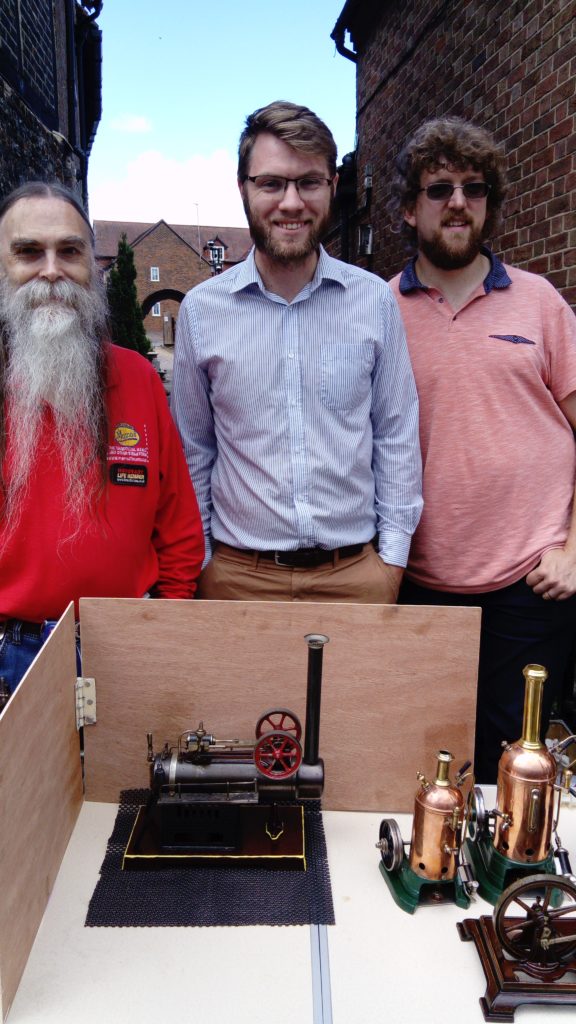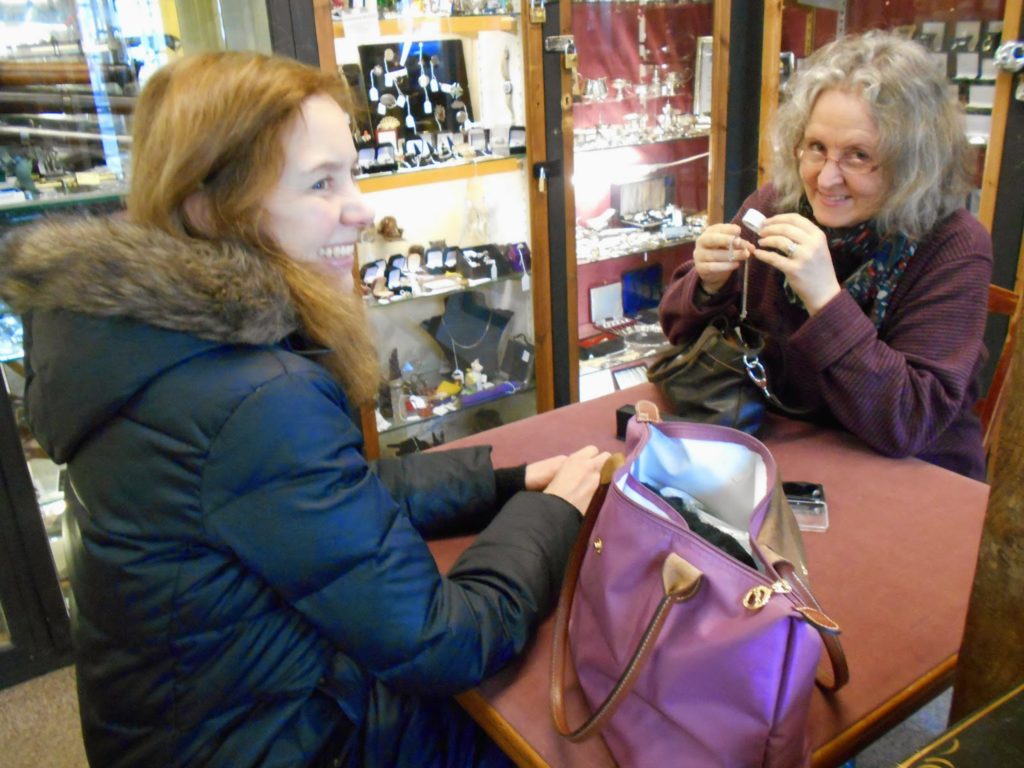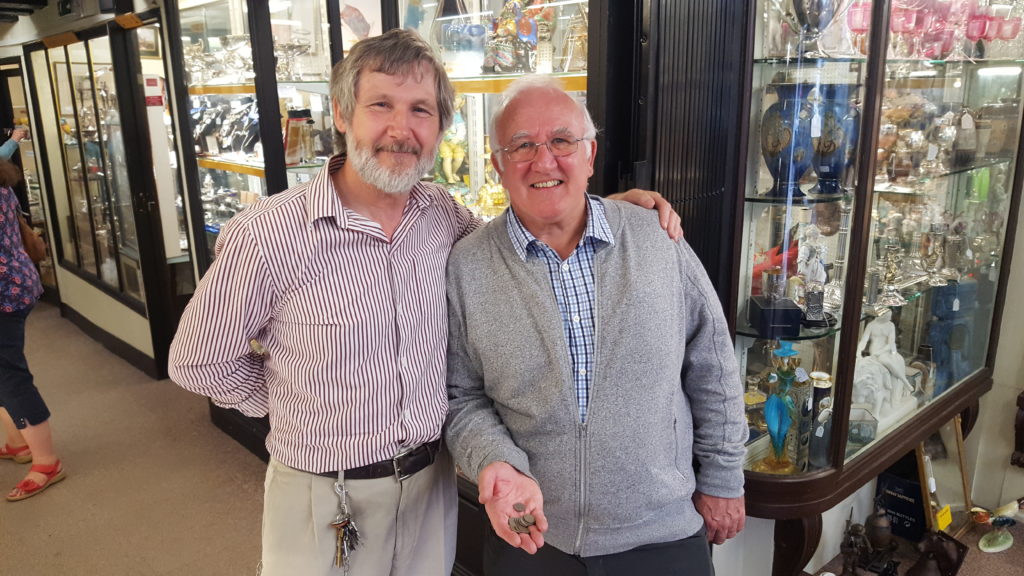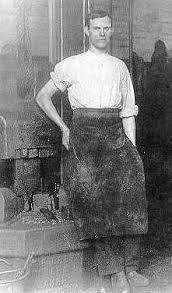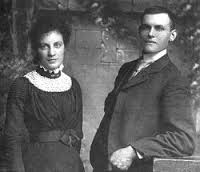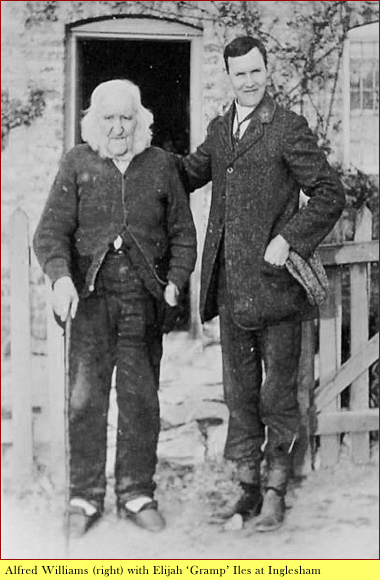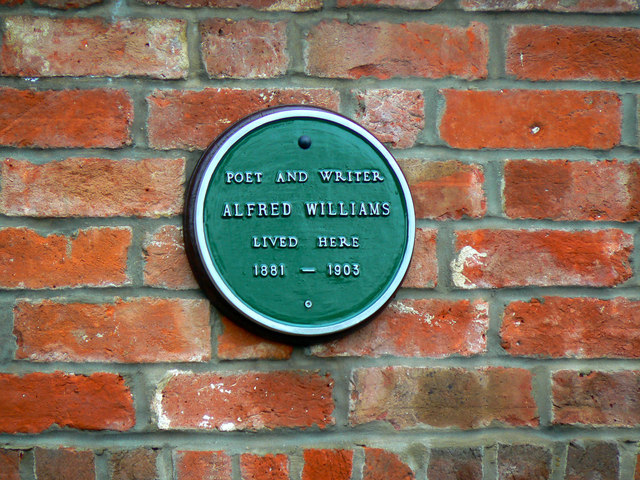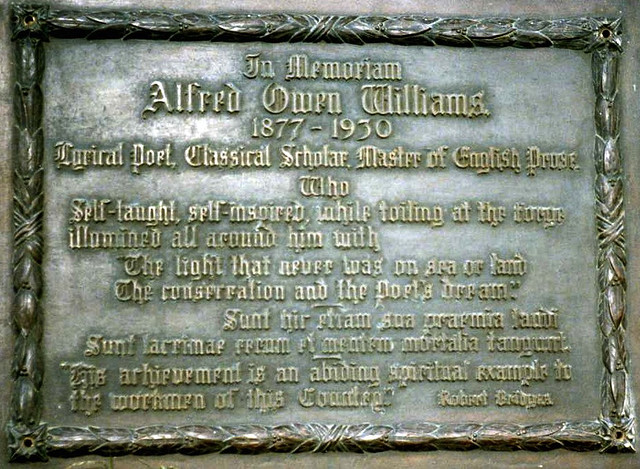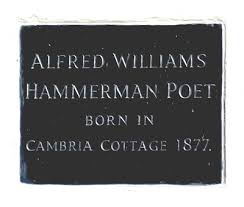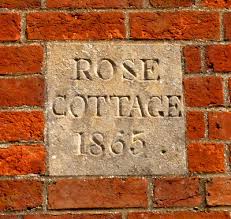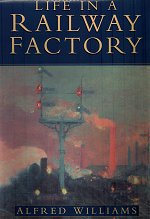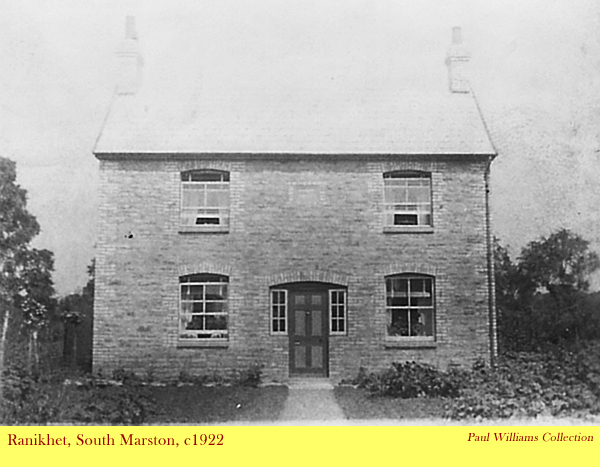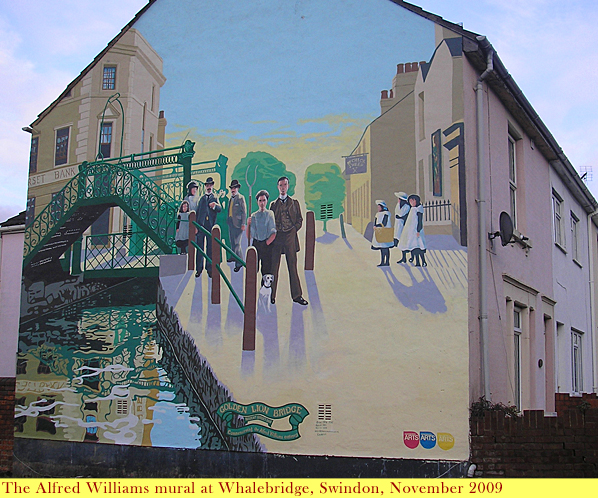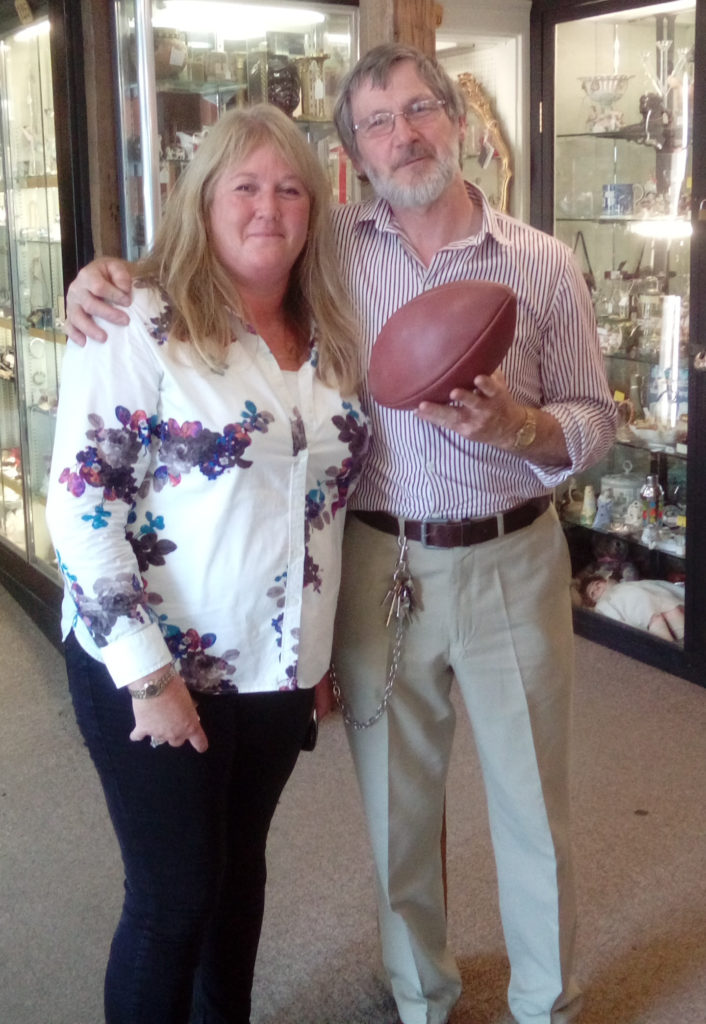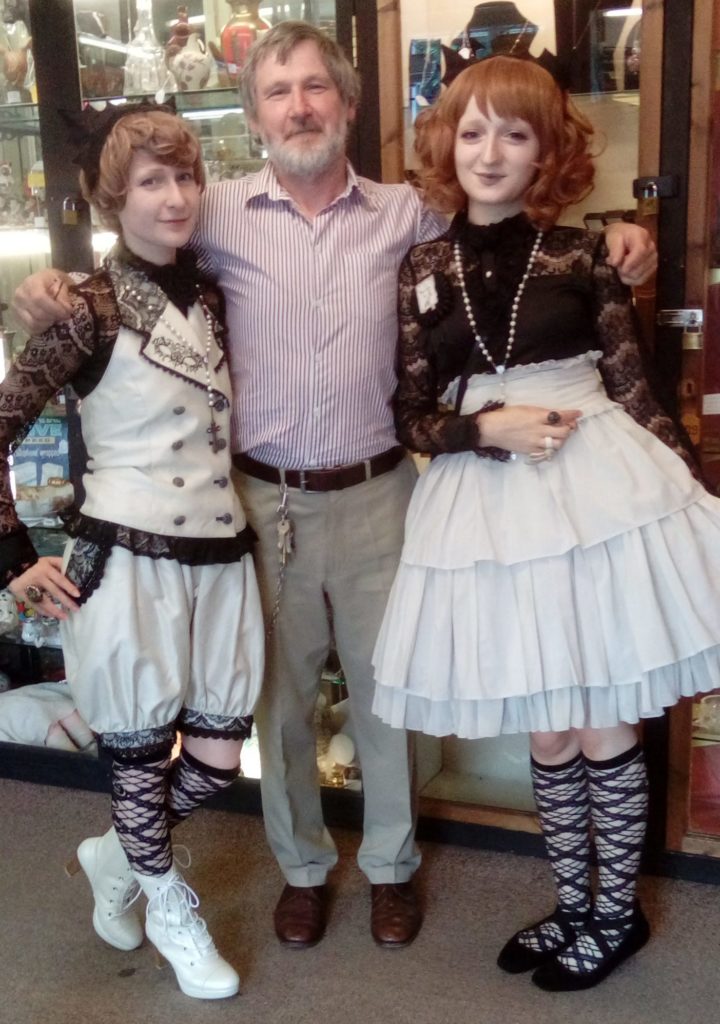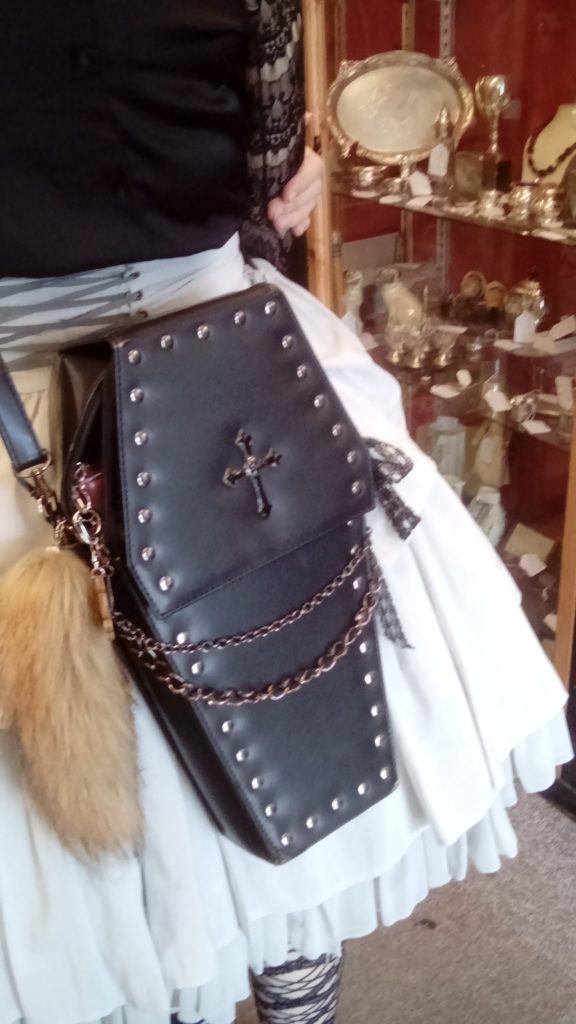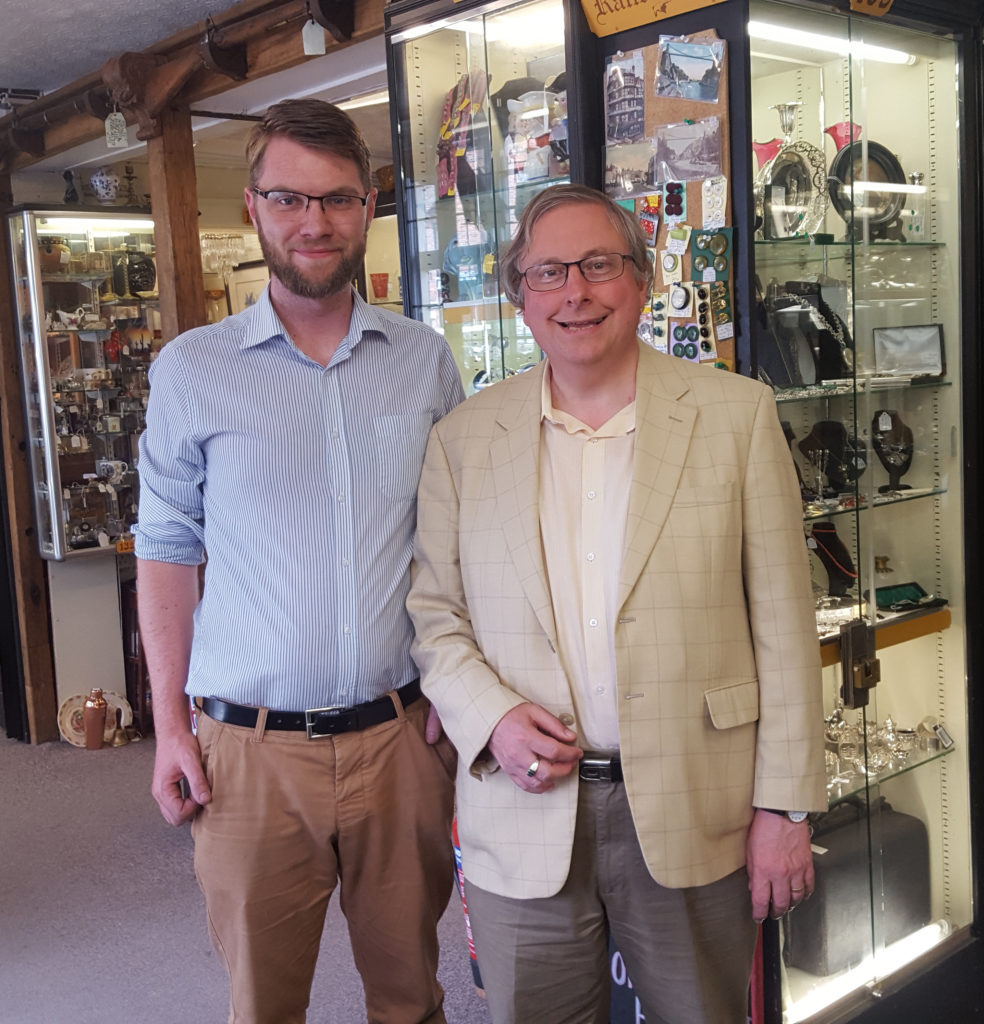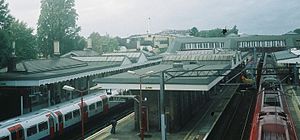 For a period in the 1970s, I worked at a bookstall at Harrow & Wealdstone Railway Station in North West London. It was not really at the end of the world but as I lived in Ealing, the journey each day felt that I was travelling to both Poles via Timbuktu.
For a period in the 1970s, I worked at a bookstall at Harrow & Wealdstone Railway Station in North West London. It was not really at the end of the world but as I lived in Ealing, the journey each day felt that I was travelling to both Poles via Timbuktu.
 Although I did not realise it at the time, I was witnessing the decade that time forgot. Rather like Fitzgerald’s lost generation, this was a decade that passed and was, to some extent, forgotten soon afterwards. It was the bridge between the rebellious 1960s and the more sombre 1980s and 1990s.
Although I did not realise it at the time, I was witnessing the decade that time forgot. Rather like Fitzgerald’s lost generation, this was a decade that passed and was, to some extent, forgotten soon afterwards. It was the bridge between the rebellious 1960s and the more sombre 1980s and 1990s.
The actual bookstall was favourably situated between the up Bakerloo Line tube platform and the spectacular down Euston to all stations North of Watford platform. I say spectacular, as express trains roared through the station at high speed causing the whole bookstall to shake each time. Although I had visited Harrow to play football I had never really visited the railway station before. The previous manager sadly had a nervous breakdown when his precious cat died. His passing was slightly mocked by certain members of staff but having lost Cindy Lou a few months previously, I sympathised with him.
Harrow & Wealdstone Railway Station as some of you may know. was the
scene of a catastrophic railway accident on the 8th of October 1952 in which 112 people sadly died. It was one of those accidents that to this day, (as with Moorgate) has not been fully explained. Some of the staff that we there on that fateful day would tell me stories over a coffee and a cigarette of how by the luck of God, they missed being involved on that awful day. One had popped out just before his shift to buy a loaf of bread and another had been detained in the main ticket hall. Or at least these were the stories they told me.
To some extent, these stories passed me by as I was living in another country. I was young. As I look back, I can see the 1970s as if I have found a hidden time capsule. But they are still here, even in the Hungerford of 2017.
 I was in the Arcade the other day when I spotted a Midwinter Tea/Coffee set and it took me back to those dark frosty mornings when Wynne brought me a cup of tea when she brewed up. She had used the same Midwinter cups. As Captain Oates had already perished, I can tell you that the tea was most welcome.
I was in the Arcade the other day when I spotted a Midwinter Tea/Coffee set and it took me back to those dark frosty mornings when Wynne brought me a cup of tea when she brewed up. She had used the same Midwinter cups. As Captain Oates had already perished, I can tell you that the tea was most welcome.
If you look in the Arcade, there are many items that date from the 1970s. Obviously, records can be easily dated but what about the much maligned lava lamps. I loved lava lamps and even purchased one for my tiny office in the bookstall so I could relax when cashing up at the end of the day. And if Bowie was playing on my transistor radio, then so much the better.
I was not aware of this until recently. but lava lamps were the invention of a naturist film maker named Edward Craven Walker (1918-2000), who was responsible for such gems as Travelling light (1959), Sunswept (1961) and the rather oddly titled Eves on Ski’s (1963). Although the lava lamps actually predated the 1970s (Craven developed the idea in a country pub just after the war) to me, they were the essence of the 1970s.
 On occasions when I am wandering around antique shops and retro fairs and I see these lamps, my mind slips back to my sturdy little lava lamp (which on occasions I forgot to switch off when I left in the evening only to find it continuing its gentle journey when I arrived the following morning). Lava lamps are still manufactured to this day. but the ones manufactured in the 1970s can still be found and after a quick check still work without a problem. Or at least I am told they do.
On occasions when I am wandering around antique shops and retro fairs and I see these lamps, my mind slips back to my sturdy little lava lamp (which on occasions I forgot to switch off when I left in the evening only to find it continuing its gentle journey when I arrived the following morning). Lava lamps are still manufactured to this day. but the ones manufactured in the 1970s can still be found and after a quick check still work without a problem. Or at least I am told they do.
Most people of a certain age look back on the 1960s with a fond nostalgia with its liberal attitudes and yes, the 1960s were a pivotal decade. Bras were burnt, hair was shoulder length and flower power was all the rage. There were The Beatles and Jimi as well. The Rolling Stones were already a fixture and Mr Bond was keeping this country safe from those fiendish enemies of freedom.
It was maybe because I was too young to appreciate the sixties that I have always been more nostalgic about the 1970s. The curse of Political Correctness did not tarnish this decade and the crazy health and safety rules of today did not apply. One just used common sense.
Do you realise that Star Wars started in the 1970s?
The first movie was released in 1977 (the year I met my beloved Caron)
and it was one of the first date movies we went to see. The adventures of this space opera have continued to this day and its popularity has if anything increased. This was brought into focus by the tragic death of Carrie Fisher (Princess Leia) over Christmas and the sadness that followed.
What other items were connected with the 1970s?
Here are just a few:
Abba (I still love their music to this day)
 Jaws (were you alarmed during the sunken boat scene?)
Jaws (were you alarmed during the sunken boat scene?)
Concorde (our skies are sadly quieter these days)
Charlie’s Angels (confectionery but much missed)
Vinyl Records (which are making an incredibly strong comeback)
Platform Shoes (no more twisted ankles and six foot three women)
Flares (nuff said)
The Godfather (I might accept the offer that one cannot refuse if flares ever return)
Disco Mirror Balls (did they ever go away?)
Bad Wallpaper (I am still haunted by the designs of the 1970s to this very day)
Saturday Night Fever (Staying Alive which was my motto when attending Chelsea away games)
The Magic Roundabout (come back Dylan all is forgiven)
Space Hoppers (and watching your siblings being launched into outer space)
The Silver Jubilee (we were strawberry picking in Kent and it came and went away)
Charlie Perfume (the smell of it still makes me feel light-headed)
Jack Nicholson (a stunning actor who like De Niro has faded into forgettable films)
And lastly it was the decade of hot summers.
One remembers 1976, but there were other summers in the decade that
were most acceptable. I can remember being in the South of France and ringing my father for further funds and boasting how hot it was in Frejus only to be told that it was considerably warmer in London. Although our country summers here in Hungerford are acceptable, we rarely get the mad and crazy temperatures of the mid 1970s. Perhaps they will return. Who knows?
Obviously, the list above is random and you are unlikely to find some of the items in the Arcade or elsewhere. But there is a great deal available if look around.
 Each time I visit the arcade, I find large numbers of items connected with or from this forgotten decade. I always thought retro would make a return although I thought that the sixties and not the seventies would be the primary focus. But I was wrong and the 1970s have made a very strong comeback. When retro items are again manufactured. then you know that they have arrived.
Each time I visit the arcade, I find large numbers of items connected with or from this forgotten decade. I always thought retro would make a return although I thought that the sixties and not the seventies would be the primary focus. But I was wrong and the 1970s have made a very strong comeback. When retro items are again manufactured. then you know that they have arrived.
The nice thing about 1970s retro is that not all that many years have passed since the actual event. A lot of items are still around and because of this they are easy to find. Whilst trailing around jumble sales and country fairs (I do not do boot sales) I frequently find items connected with this lost decade.
When inspecting a cabinet in Bedwyn a couple of summers ago, I found a 1970s newspaper which was getting very excited about the movie Last Tango in Paris (1972), which starred Marlon Brando and Maria Schneider. Nothing had changed in thirty odd years with the media whipping itself up into frenzy about this serious and brilliant movie which contained the acting performance of the decade from Brando.
Even today, the movie causes waves and I noted just before Christmas that a comment made by the director Bernardo Bertolucci was jumped upon and attacked by people who (in my view)  were immature in their outlook. I doubt if Last Tango would have been made today given the ridiculous nature of correctness that can be found everywhere. But in the 1970s and taking Mrs Whitehouse and her friends out of the equation, the movie was released and after a while the feeding frenzy faded leaving Last Tango in Paris to take its place in the history of European Cinema. I saw the movie at the time of its release and admired it greatly and then, I just got on with my life.
were immature in their outlook. I doubt if Last Tango would have been made today given the ridiculous nature of correctness that can be found everywhere. But in the 1970s and taking Mrs Whitehouse and her friends out of the equation, the movie was released and after a while the feeding frenzy faded leaving Last Tango in Paris to take its place in the history of European Cinema. I saw the movie at the time of its release and admired it greatly and then, I just got on with my life.
 This was the essence of the 1970s (which in a way was a harsher decade than the 1960s). You just let things take their course and not everything had to be micro-analysed as it is today. There were no mobile phones and the internet was still some years away. If my memory serves me correctly, there were only three television channels and colour televisions were still something of a novelty.
This was the essence of the 1970s (which in a way was a harsher decade than the 1960s). You just let things take their course and not everything had to be micro-analysed as it is today. There were no mobile phones and the internet was still some years away. If my memory serves me correctly, there were only three television channels and colour televisions were still something of a novelty.
But let us return to that innocent bookstall in North London where for a number of reasons I spent a great deal of time. It faced the stairs of the
footbridge and from my vantage I was able to see the changing world of movie posters and the like. One particularly springs to mind, it was the Liza Minnelli poster for her album Liza with a Z which I considered to be to be quite brilliantly designed. There was simplicity to the artwork and for whatever reason, the poster remained in place for a considerable time. Perhaps they forgot to replace it or just did not care. I opened the stall with Liza with a Z and wished her good evening as I caught my train home. The odd thing was, that whilst I liked some of her songs, I was not really a great fan of Liza’s music. But the poster was different and if I saw one (at a reasonable price), I would purchase it and frame it. I would think of the small bookstall at Harrow & Wealdstone Railway Station with its cold mornings and exceptionally hot summers.
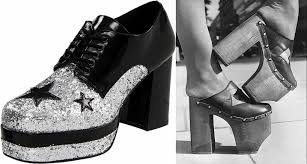 Each of us (if we are of a certain age), will remember the 1970s. I hope with a certain fondness. And if you are really keen, there are lots things to find and buy (usually at decent prices). You can visit Hungerford with your wife (or girlfriend) of thirty or so years. She can wear a cheese cloth blouse and Wrangler jeans and you can dress in (well that is up to you). You might bring your children and their children and spend time exploring your memories of the 1970s. It does not have to be Hungerford as retro is everywhere. Just enjoy the trip while it lasts.
Each of us (if we are of a certain age), will remember the 1970s. I hope with a certain fondness. And if you are really keen, there are lots things to find and buy (usually at decent prices). You can visit Hungerford with your wife (or girlfriend) of thirty or so years. She can wear a cheese cloth blouse and Wrangler jeans and you can dress in (well that is up to you). You might bring your children and their children and spend time exploring your memories of the 1970s. It does not have to be Hungerford as retro is everywhere. Just enjoy the trip while it lasts.
In November, I had occasion to be in Harrow so I decided to visit the railway station. To my slight surprise, The Bookstall at the End of the World had gone and had been replaced by an open space. I explored my geography and stood roughly where my lava lamp would have been and also, where I would have served my many customers. There was not even a space for the posters where Liza with a Z had once been. It had been replaced by a sign warning passengers not to stand too close to the platform edge as fast trains were passing. That had not changed and these monsters seemed even noisier and more brutal than I had remembered them. I felt a little sad at the passing of time but this did not last long, for in the 1970s, The Minions had not existed.
And what is life without The Minions?
Happy Hunting
Stuart Miller-Osborne


